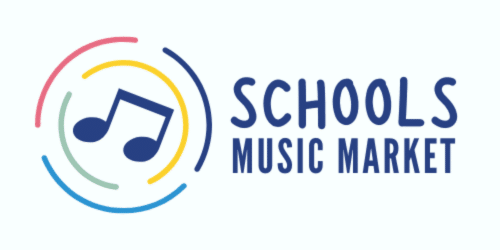As young musicians progress into Year 2 music lessons, their musical horizons expand, introducing them to a diverse array of sounds and concepts. The Model Music Curriculum tailors its offerings to this pivotal year, building upon the foundational knowledge acquired in Year 1. In Year 2, students delve deeper into the realms of performing, composing, listening, and understanding music. Join us as we embark on a harmonious exploration of the specific skills Year 2 students are expected to master.
The Evolution of the Model Music Curriculum for Year 2 Music
Building upon the foundational concepts of Year 1, Year 2’s curriculum emphasizes deeper engagement with music. It provides students with opportunities to refine their skills and explore more intricate aspects of music. The four principal strands—Performing, Composing, Listening, and Understanding Music—continue to guide the curriculum, challenging students towards achieving more advanced musical milestones.
Performing: The Essence of Artistic Expression
In Year 2 music, the spotlight is on performance, where students develop greater control, coordination, and the beginnings of expressive techniques in both vocal and instrumental music. This is a pivotal stage in their musical journey.
Vocal Progression
Year 2 students are expected to demonstrate increased control over pitch and rhythm in their vocal performances. They tackle songs with more diverse and complex melodies, allowing them to explore a broader range of vocal expressions. To enhance their listening and harmony singing skills, canons and rounds may be introduced.
Instrumental Advancement
Instrumental proficiency continues to grow as students are introduced to simple tuned percussion instruments like xylophones or glockenspiels. They begin to play more defined rhythms and straightforward melodies, often reading from basic notation.
Ensemble Cooperation
In Year 2 music , ensemble work becomes more structured. Students actively participate in small groups to create simple performances. They learn to follow a conductor or leader and start to understand the importance of each part within a musical ensemble.
Composing: Unleashing Creativity
Year 2 music lessons encourages students to push their creative boundaries further, delving into purposeful composing and arranging, fostering their artistic development.
Sound Exploration
Sound exploration takes on a more sophisticated dimension as students experiment with dynamics and tempo to convey different moods and scenes. They engage in creating sound stories or mood pieces using various instruments and their own voices.
Compositional Techniques
Basic compositional techniques are introduced, allowing students to start arranging their musical patterns into short pieces. They experiment with structuring compositions with a beginning, middle, and end, incorporating repetition and contrast to generate interest.
Musical Representation
Students begin to represent their musical ideas using graphic notation or simplified staff notation. This visual aid helps them visualize the music they create and facilitates effective communication of their ideas to others.
Listening: Fine-Tuning the Ear
Listening skills continue to develop, enabling students to discern intricate aspects of music, including texture and form.
Instrumental Identification
Students extend their ability to identify instruments, now recognizing instrument families such as strings, woodwinds, brass, and percussion. They listen to short pieces of music and identify which instrument family dominates.
Textural Awareness
Students become attuned to the texture in music, distinguishing between solo and ensemble pieces. They begin to comment on how texture influences the mood and character of the music.
Form Recognition
Year 2 music lessons introduces students to simple musical forms like binary (AB) and ternary (ABA). They learn to recognize and predict the form of pieces through active listening and engaging in movement activities.
Understanding Music: Delving Deeper into Theory
Theoretical knowledge deepens in Year 2 music with the introduction of more complex rhythms and pitches, along with basic musical symbols.
Musical Symbols
Students expand their knowledge of musical symbols, now including those for dynamics, tempo, and articulation. They gain an understanding of how these symbols impact the performance of a musical piece.
Rhythmic Complexity
Rhythmic complexity increases as students encounter quarter notes, half notes, whole notes, and their corresponding rests.
Pitch Exploration
Students explore the concept of high and low pitches, extending beyond the five-line staff to cover a broader octave range. They also begin to grasp the concept of scales and steps.
In conclusion, Year 2 is a significant year in a student’s musical journey, marked by growth and exploration. Familiarity with the terms and concepts outlined in the Model Music Curriculum for Year 2 Music is crucial for building a solid musical foundation. These terms lay the groundwork for more advanced musical studies in the years that follow, ensuring that students are well-prepared for their musical futures.
For resources to support your music classroom click here to browse the full list.



